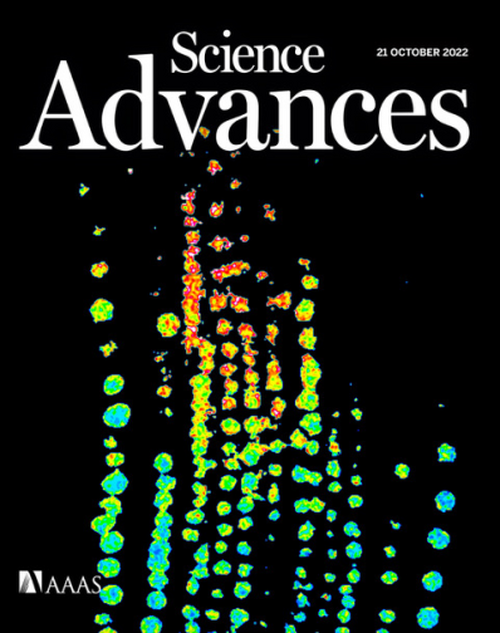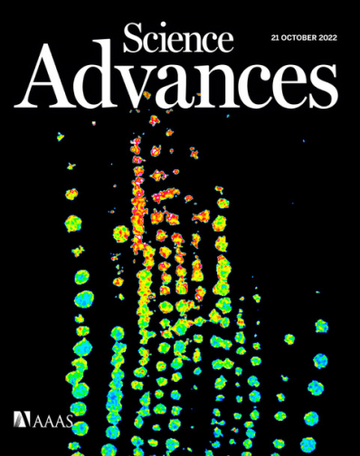Watching biochemistry live - Genetically encoded FRET sensor for nitrate dynamics in plants


A team led by Dr. Cheng-Hsun Ho at the Agricultural Biotechnology Research Center has developed for the first time, a genetically engineered fluorescence resonance energy transfer (FRET) nitrate biosensor that measures the levels of nitrate in individual plant cells in real time. The biosensor, named NitraMeter 3.0, quantitatively visualizes the nitrate distribution in Arabidopsis thaliana.
The team’s tool uses multiple fluorescent protein tags to measure the concentration of nitrate in a plant cell. Nitrate (NO3-) uptake and distribution are critical for plant life. Although the upstream regulation of nitrate uptake and downstream responses to nitrate in a variety of cells have been well-studied, it has not been possible to directly visualize the spatial and temporal distribution of nitrate with high resolution at the cellular level.
“This new tool will vastly improve our understanding of how nitrate works in a plant which affects growth and yields,” Dr. Ho explained. “This tool can help engineers and farmers work to increase crop yields, which is especially important as climate change puts plants under increased stress.”
“More work should reveal the fine-tuning by which plant cells respond and react to nitrate. These tools should also have applications for human and animal nutrients, as well,” Dr. Ho said.
The study was published in the Science Advances in October (2022), and was further selected to be featured on the journal cover.
YEN-NING CHEN, HEATHER N. CARTWRIGHT AND CHENG-HSUN HO* (2022) Watching biochemistry live - Genetically encoded FRET sensor for nitrate dynamics in plants SCIENCE ADVANCES, 19 Oct 2022 Vol 8, Issue 42

